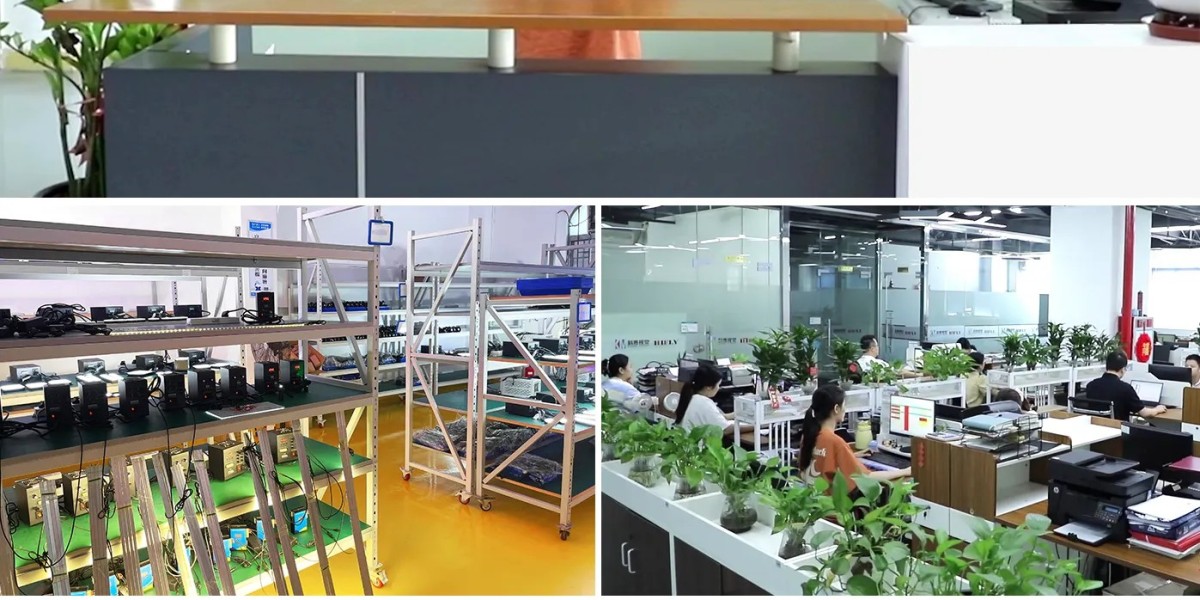For manufacturers, ensuring crystal-clear purity is not just a matter of quality control; it's a non-negotiable regulatory mandate. This is where advanced inspection technology steps in, transforming a high-stakes, human-intensive process into one powered by precision optics and machine intelligence.
The Challenge: Spotting the Unseeable
Traditional, manual inspection of filled glass containers is a tedious and highly unreliable task. An operator must rapidly spin a container to suspend particles, hold it against a light, and visually detect foreign matter—a process prone to fatigue and human error.
The problem is compounded by the sheer difficulty of the inspection itself:
Size Matters: Particles that matter are often microscopic, down to 50 micrometers or less.
The Container: The glass itself can cause reflections, refractions, and optical distortions that hide a contaminant.
Speed: On high-speed production lines, hundreds of containers must be inspected per minute, making human eyes inadequate.
The Solution: Machine Vision and the Power of Light Scattering
Modern pharmaceutical production relies on automated systems, often referred to as Automated Visual Inspection (AVI), to solve the particulate inspection challenge. These systems use a clever combination of mechanics and optics:
- Controlled Swirl and Stop
The machine first handles the container precisely. It rapidly spins the ampoule or vial to suspend any settled particles within the liquid. It then abruptly stops the container. This mechanical action ensures that particles, which are denser than the liquid, are moving for a brief moment, making them detectable.
- The Lighting Advantage (Light Scattering)
The core of the detection lies in the lighting. The system uses powerful, focused light beams—often highly collimated to run parallel—to illuminate the liquid. As a suspended particle moves through the beam, it scatters the light in a phenomenon known as the Tyndall effect.
The Principle: The particle acts as a tiny prism, scattering the light in directions other than the camera's lens.
The Result: The scattered light is picked up by a high-speed camera, registering the moving particle as a flash of light or a high-contrast dot against the dark background.
By precisely controlling the illumination and combining it with highly sensitive cameras, the system can reliably distinguish a moving particle from the stationary background or optical imperfections in the glass.
- Intelligence to Classify
Once a particle is detected, the system uses complex algorithms to analyze the signal. It can classify the type of contamination:
Intrinsic Particles: Natural by-products of the formulation process (e.g., precipitated drug substance).
Extrinsic Particles: Foreign materials introduced from the environment (e.g., hair, dust, fibers, glass fragments).
Container Defects: Flaws in the glass, such as cracks or scratches, that can mimic a particle.
The AVI system immediately rejects any container flagged for unacceptable particulate levels or container defects, ensuring only compliant products proceed.
More Than Just Dust: A Comprehensive Safety Net
Automated Visual Inspection offers a holistic safety net that goes beyond just particle detection. The same camera systems are used to verify:
Container Integrity: Cracks, tip faults, or cosmetic defects on the glass.
Liquid Level: Ensuring the fill volume is correct.
Cap/Stopper Placement: Verifying proper sealing.
By integrating these checks into a single high-speed system, manufacturers achieve robust quality assurance that meets the rigorous standards set by global regulatory bodies.
Guarantee Purity, Guarantee Safety
The safety of modern medicine depends on precision. The evolution of ampoule and vial inspection from manual checks to intelligent, light-scattering AVI systems is a testament to the industry's commitment to patient well-being. This technology is the shield that guards against invisible contaminants, ensuring that every dose is as pure as promised.
Is your quality control keeping pace with the demand for flawless products?
Contact our experts today to explore how the latest Automated Visual Inspection technology can bring next-level precision and compliance to your pharmaceutical manufacturing line.https://www.szhifly.com/



